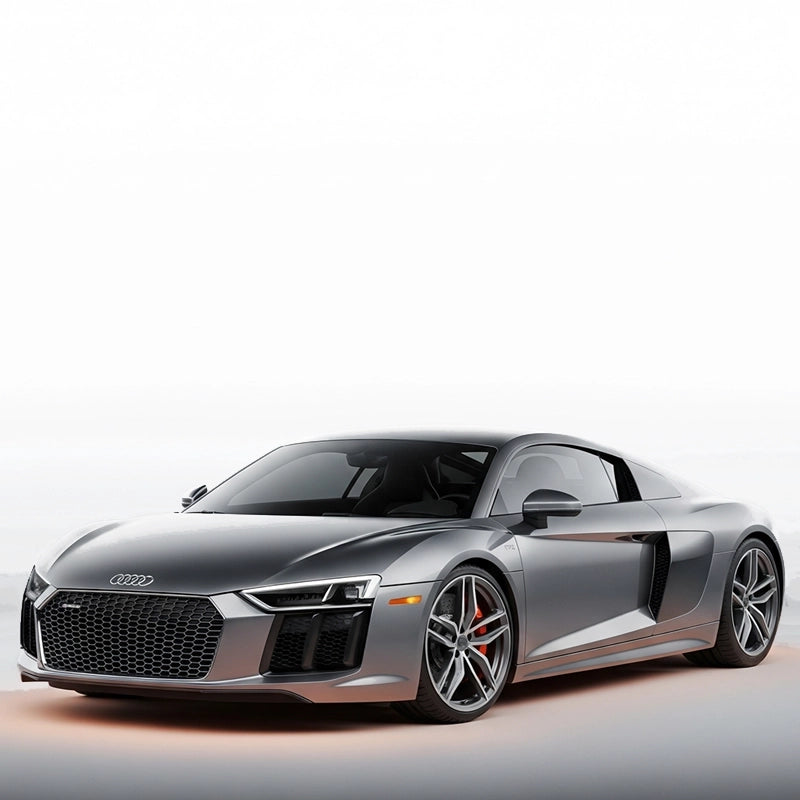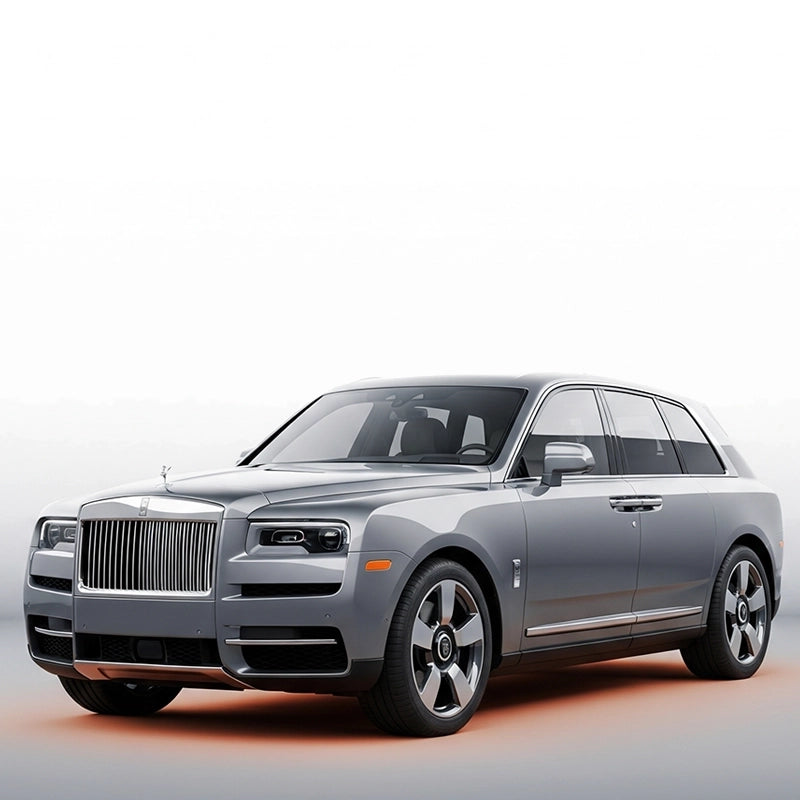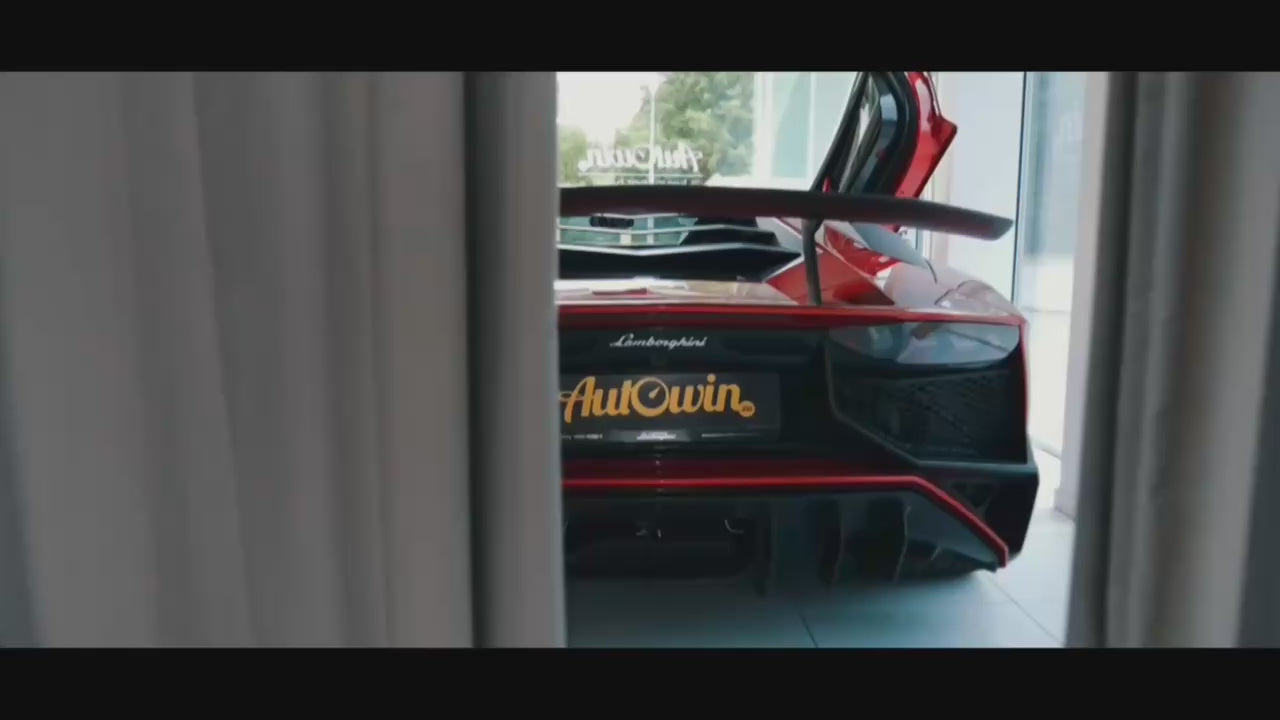Ferrari Experience: Is a Ferrari F355 expensive to maintain?
I still remember the first time I wound a Ferrari F355 out past 7,500 rpm on a chilly morning. The V8’s five-valve shriek isn’t so much a sound as a moment—one that makes your neck tingle and your bank account clear its throat. Because that’s the real question, isn’t it? Is a Ferrari F355 expensive to maintain? Short answer: yes. Longer answer: it depends how you buy, who maintains it, and whether you’re prepared for 1990s supercar quirks wrapped in one of the most intoxicating driver’s cars ever made.
For the record: the F355’s 3.5-liter V8 is a little marvel—about 375 hp, around 268 lb-ft, and a top speed flirting with 183 mph. A six-speed gated manual is the dream; the later F1 paddle-shift gearbox is fascinating, occasionally fussy, and part of the car’s story. But you came here for the real-world stuff, not brochure talk.
What owning a Ferrari F355 really costs
When I asked three owners at a cars-and-coffee meet what their yearly outlay looks like, the range was wide—because condition, use, and who turns the spanners matter. Here’s what I’ve seen (and paid) over the years:
- Annual servicing and fluids: roughly $1,500–$3,000 at a reputable independent specialist.
- Major service (“engine-out” timing belts): typically every 5 years or ~30,000 miles; budget $7,000–$12,000 depending on shop, parts (tensioners, cam seals, water pump), and while-you’re-in-there items.
- Clutch replacement: $3,000–$5,000; life depends on traffic, driver, and whether it’s F1 or manual.
- Headers (exhaust manifolds) and catalytic converters: common weak spots; $3,000–$5,000 for headers, $2,000–$4,000 for cats if they’re tired.
- Miscellaneous gremlins (HVAC brain, sticky interior plastics, shock actuators): call it $800–$3,000 as needed.
Insurance and tires vary wildly by region and driving style, but this isn’t a $500-a-year car, and that’s okay. It’s special. Treat it like a low-flying opera.
Major service on a Ferrari F355: what actually happens
The F355’s most famous maintenance moment is the engine-out service for timing belts. I’ve watched technicians drop the rear subframe like it’s a routine yoga pose. With the engine accessible, good shops will replace belts and tensioners, inspect cam seals, consider refreshing the water pump, and clean up anything that could ruin a great weekend drive. Done right, you get years of peace of mind. Done cheaply, you get the opposite.
Common Ferrari F355 issues to budget for
- Exhaust manifolds/headers: Heat cracks them; upgraded aftermarket units are a popular fix.
- Valve guides: Early cars are more prone; if they’re worn, oil consumption rises and a top-end refresh can run five figures. A pre-purchase leak-down test is non-negotiable.
- F1 hydraulics (if equipped): Pump/actuator service can be $1,500–$4,000 depending on what’s tired.
- Sticky plastics: That 90s soft-touch coating turns gummy. Budget $800–$2,000 to refinish properly.
- Spider top (if you like the sun): The mechanism can be moody; repairs range from minor adjustments to multi-thousand-dollar surgery.
- Cooling and ancillaries: Radiators, hoses, and the AC compressor can age out—normal for a 25+ year-old supercar.
Ferrari F355 vs. rivals: maintenance reality check
Because context helps, here’s how the F355 stacks up against two period icons I’ve also lived with.
| Car | Typical Annual Service | Major Service/Big Ticket | Notes |
|---|---|---|---|
| Ferrari F355 (1994–1999) | $1,500–$3,000 | $7,000–$12,000 (engine-out belts); headers/cats can add $3k–$9k | Thrilling but needy; manual is simpler than F1 long-term |
| Porsche 911 (993, 1995–1998) | $800–$1,500 | $2,000–$5,000 for bigger jobs | Bulletproof feel; parts plentiful; values strong |
| Acura NSX (NA1/NA2) | $700–$1,200 | $2,000–$4,000 (timing belt/water pump) | Super reliable; less drama, fewer goosebumps at 8,500 rpm |
So yes, the Ferrari F355 sits on the pricier side. But you knew that. And if you didn’t, you do now.
Living with a Ferrari F355: the good, the quirks, and the AC on a hot day
On a rough B-road, the F355 rides better than memory suggests—supple at speed, a bit chattery over patchwork city streets. Visibility is decent, steering is beautifully keyed in, and the cabin is just quiet enough to hear your kids arguing in the back of your daily—because they won’t fit in the Ferr… you get the idea.
The air-con? When it’s sorted, it’s fine even in summer traffic. I’ve driven a well-maintained car with a fresh compressor and felt properly comfortable after an hour crawling across town. Keep the system healthy and it’ll look after you on long alpine runs or late-night coastal drives.
Inside, I fitted a set of mats to protect the original carpets—because gravel and Ferrari floor coverings are not friends. These AutoWin pieces surprised me with their fit and durability, and they’re easy to clean after a dusty weekend blast.
If you want something subtler, these also look the part in a Berlinetta I borrowed recently:
And there’s a stitched set that cleans up nicely with a lint roller after a road trip:
Buying a Ferrari F355: how to pick a good one
Honestly, I wasn’t sure my last F355 was “the one” until I saw the binder of receipts. That usually tells the story. Here’s a quick, pragmatic roadmap:
- Research: Decide on body style (Berlinetta, GTS, Spider) and transmission (manual or F1). Early 2.7 Motronic cars feel a hint rawer; later 5.2 cars are smoother and OBD-II friendly.
- History: Look for documented services, especially engine-out belt jobs, cooling system refreshes, and evidence of updated valve guides/headers.
- Pre-purchase inspection (PPI): Non-negotiable. Leak-down and compression tests, suspension and brake check, and an inspection of the F1 hydraulics (if applicable).
- Electrics and trim: Make sure all HVAC functions work, and look for sticky plastics or shrinking leather dash tops.
- Drive it properly: Warm it up, rev it out. A healthy F355 loves to sing.
Is the Ferrari F355 expensive to maintain? Final verdict
Yes, the Ferrari F355 costs more to keep happy than most sports cars. It’s also one of the most rewarding things you can drive, full stop. If you budget sensibly—say $3,000–$5,000 per year on average, with a bigger hit every 5 years for the major—and buy the right example, the numbers start to feel like part of the experience. And what an experience: precise steering, a chassis that breathes with the road, and an engine note you’ll replay in your head long after you’ve parked it. If that resonates, you already know your answer.
Ferrari F355 ownership FAQ
- Is a Ferrari F355 a good investment? Values have been firming thanks to its design and soundtrack, but buy on condition and history—think “driver’s car first, investment second.”
- How much is a Ferrari F355? As of now, roughly $80,000–$150,000+ depending on mileage, spec, and records. Exceptional manuals command a premium.
- How many Ferrari F355 were made? About 11,273 across Berlinetta, GTS, and Spider between 1994 and 1999.
- Is the Ferrari F355 reliable? With regular use and specialist maintenance, yes. Ignore it, and it will present the bill later.
- Why might someone avoid a Ferrari F355? Higher maintenance costs, potential for big-ticket repairs (headers, valve guides), and the patience required for a 90s Italian exotic.


























